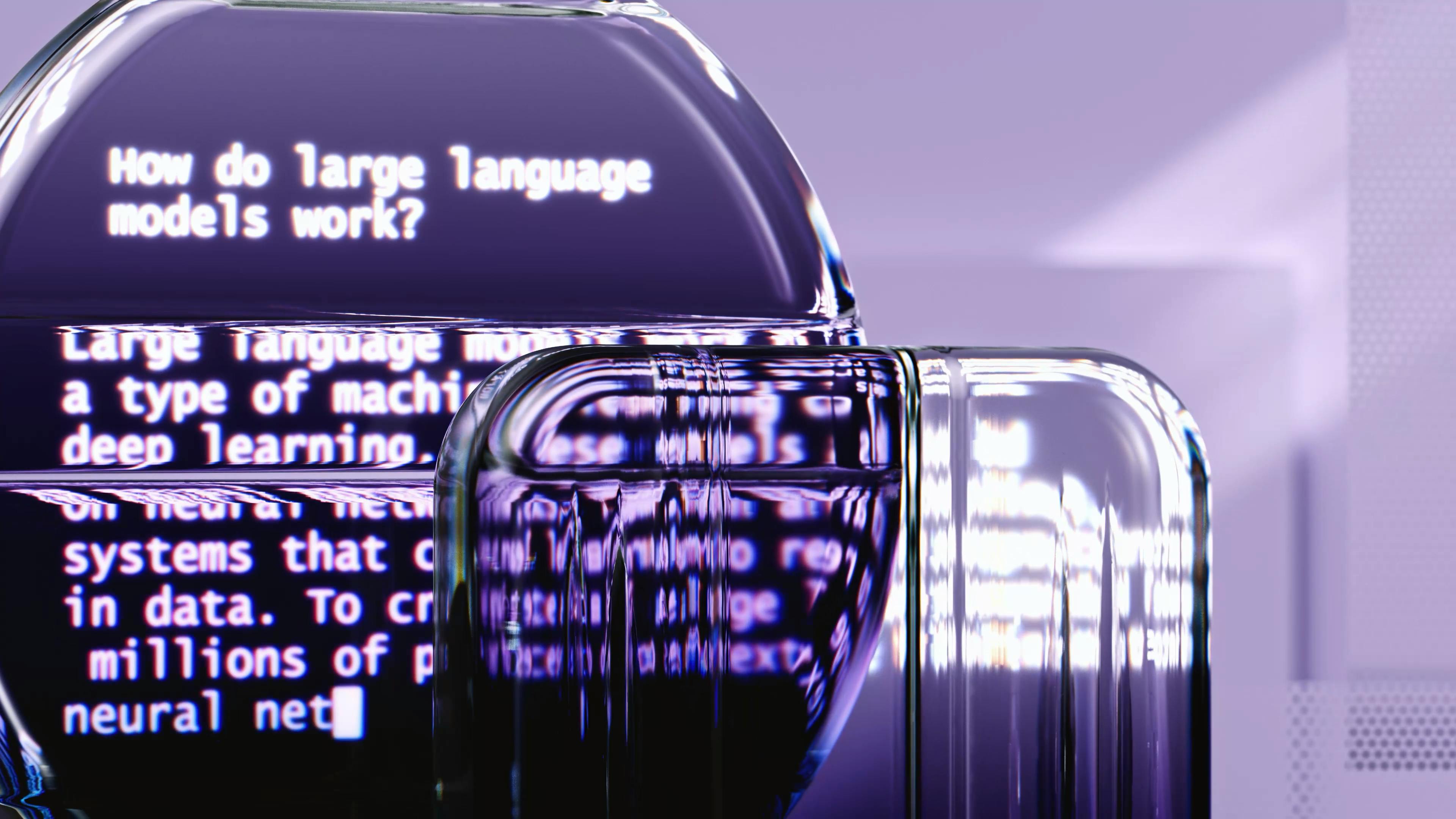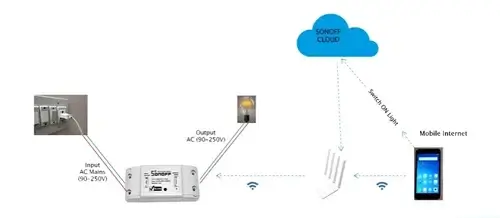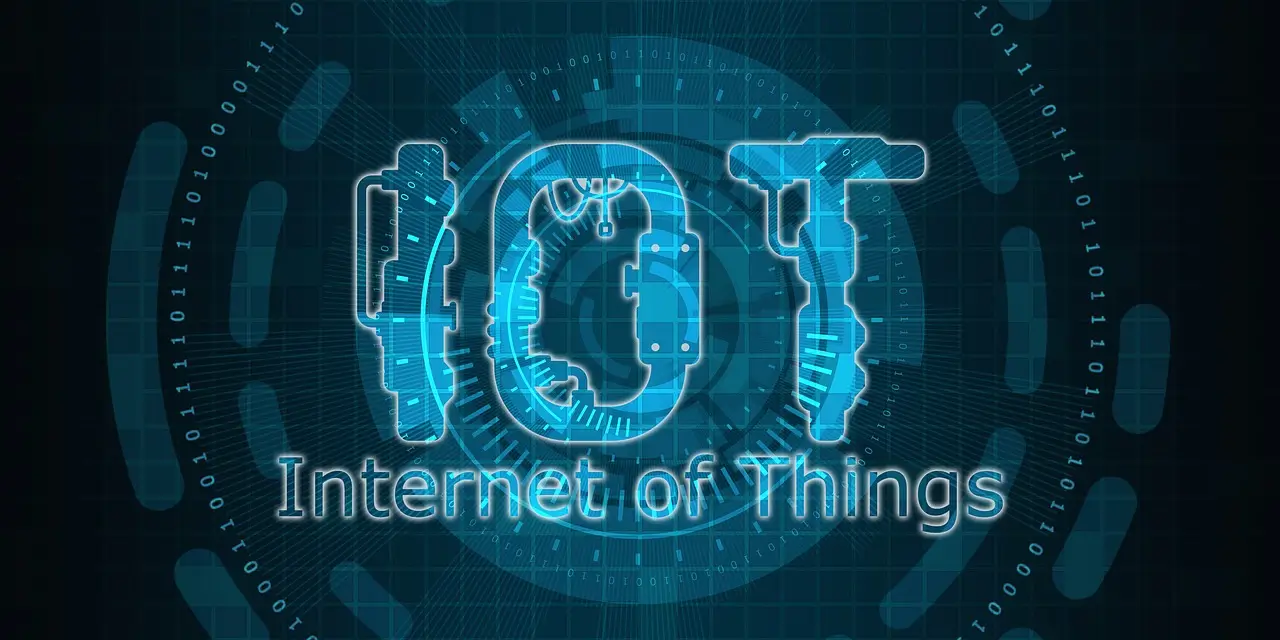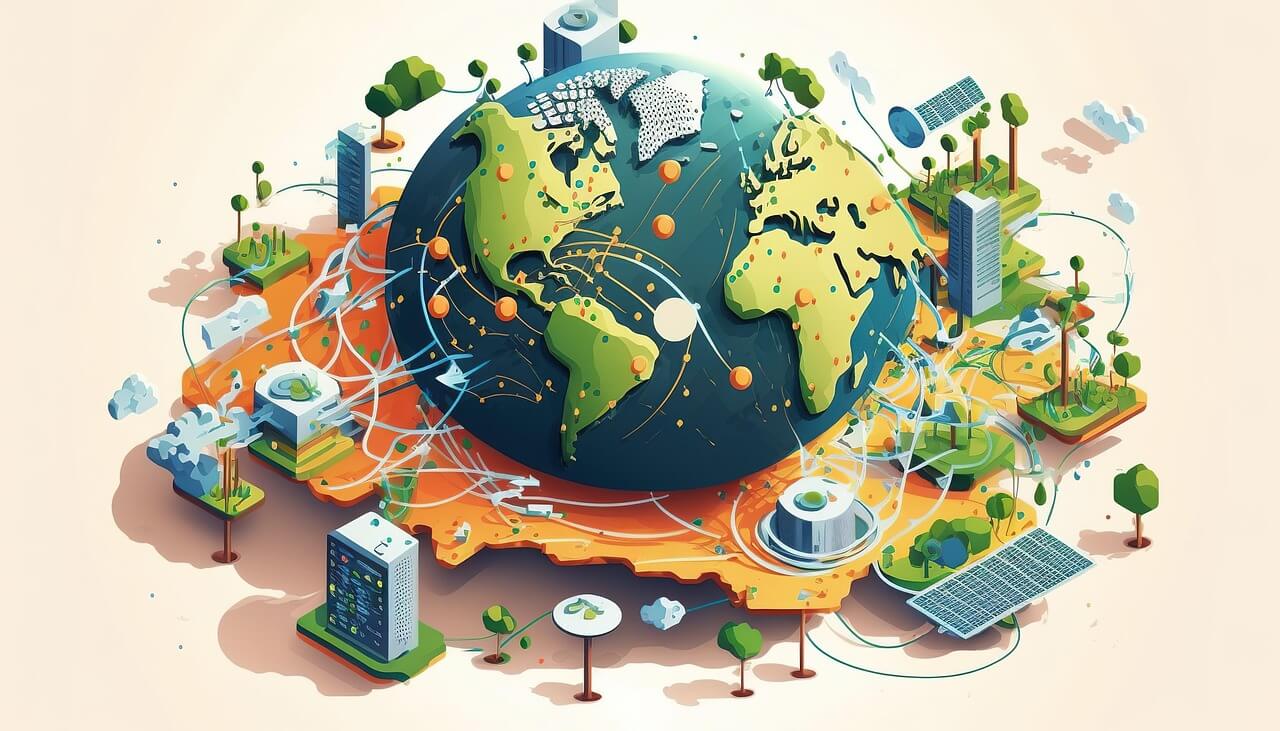How GenAI Is Supercharging IoT in 2026
In the past few years, the Internet of Things has quietly reshaped daily life — smart thermostats learning schedules, wearables tracking health, factories streaming sensor data. In 2026, a new force is accelerating that change. Generative AI, or GenAI, is giving IoT devices a major upgrade, making them not only connected but also creative, adaptive, and proactive.
From Smart to Self-Evolving
Traditional IoT works like this: sensors collect data, systems analyze it, and a preset response follows. GenAI changes the rules. Devices now learn patterns, predict behavior, and propose new solutions without explicit programming. In manufacturing, for example, sensors report vibration and temperature. GenAI models can simulate failure modes, recommend corrective actions, and schedule maintenance automatically. That moves systems from reactive to proactive.
Data Meets Creativity
IoT produces massive, messy data streams. GenAI turns that raw material into meaning. It can analyze images, voice, motion, and sensor telemetry together, then generate insights, plans, or even text and visual summaries.
Examples:
- In agriculture, soil and microclimate sensors feed GenAI models that generate tailored irrigation and fertilization schedules for each field.
- In healthcare, wearables stream vitals while GenAI creates personalized wellness plans and flags early warnings for clinicians.
- In energy, grids use GenAI to predict demand spikes and optimize distribution in real time.
Smarter Cities, Cleaner Planet
GenAI plus IoT is also turning urban systems into intelligent, sustainable networks. Traffic sensors, waste sensors, and energy meters feed models that optimize flows and reduce waste. Traffic lights can predict congestion and reroute flows. Garbage collection routes adapt dynamically. Street lighting and HVAC systems save power by responding to real demand instead of fixed schedules.
Key Challenges
With great power come real challenges. Privacy and data governance are top concerns because these systems handle personal and behavioral data. Energy use is another issue, since AI workloads consume power. Edge AI, model pruning, and specialized low-power chips are helping keep AI efficient and local.
Designers must focus on transparency, ethics, and sustainability so GenAI-enabled IoT keeps people and the planet first.
The Next Step: Emotionally Intelligent Devices
Looking ahead, devices will become more emotionally aware. A car might sense your stress and play calming music. A home assistant might notice changes in your sleep and suggest a different schedule. The combination of GenAI and IoT promises technology that not only responds but understands context and human needs.
Conclusion
2026 is the year IoT stops being only about connectivity and becomes about understanding. GenAI adds creativity and foresight to sensor networks, producing systems that learn, adapt, and act. From industry to homes and cities, the result is smarter, more useful, and more humane technology.




